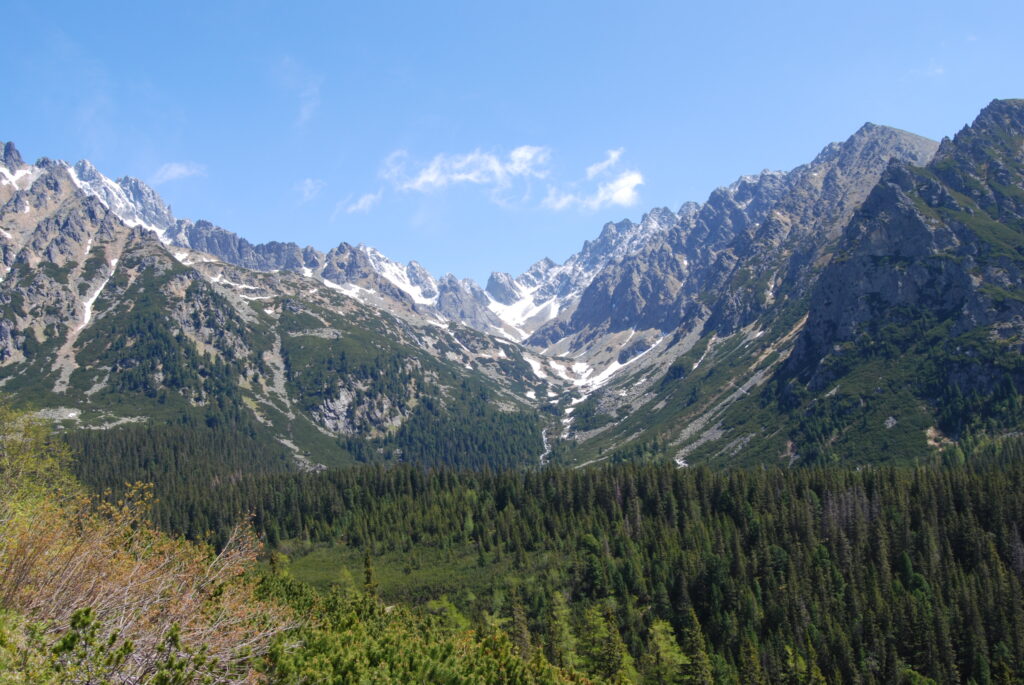
The Carpathian Mountains are the backbone of Central and Eastern Europe, forming an arc of about 1,500 km and covering an area of about 209,000 km². The Carpathian Mountains cover a significant part of Slovakia and Romania as well as parts of the Czech Republic, Hungary, Poland, Serbia and Ukraine. Stretching across seven countries, the mountain range begins in the north-west of Austria, curving all the way to the Iron Gate Dam in Romania’s south.
The Carpathians play a crucial role in Central and Eastern Europe: forming the bridge between Europe’s northern forests and those to the south and west, as well as being a vital catchment area for the whole region. The Carpathian Mountains hold a tremendous value: exceptionally rich in species diversity, the region supports species not found anywhere else in the world, it is also the last European stronghold of large mammals, such as the brown bear, wolf and lynx (outside of Russia). Over one third of all European plant species are found in the Carpathians. In addition, the region contains some of the continent’s most extensive areas of both montane and virgin forests. Due to their exceptional level of biodiversity, the Carpathian Mountains are included in WWF’s “Global 200” Ecoregion list.
The Carpathian Mountains are home not only to a wide array of wildlife, but also to a diverse set of nationalities with rich cultural heritage. The Carpathians are home to about 17 million people.
PDF: Status of the Carpathians 2001
